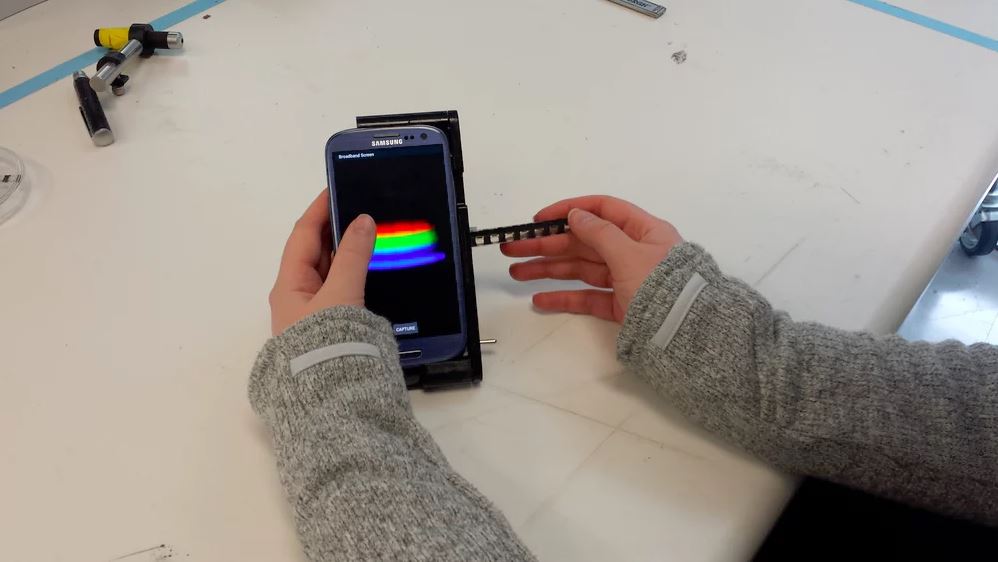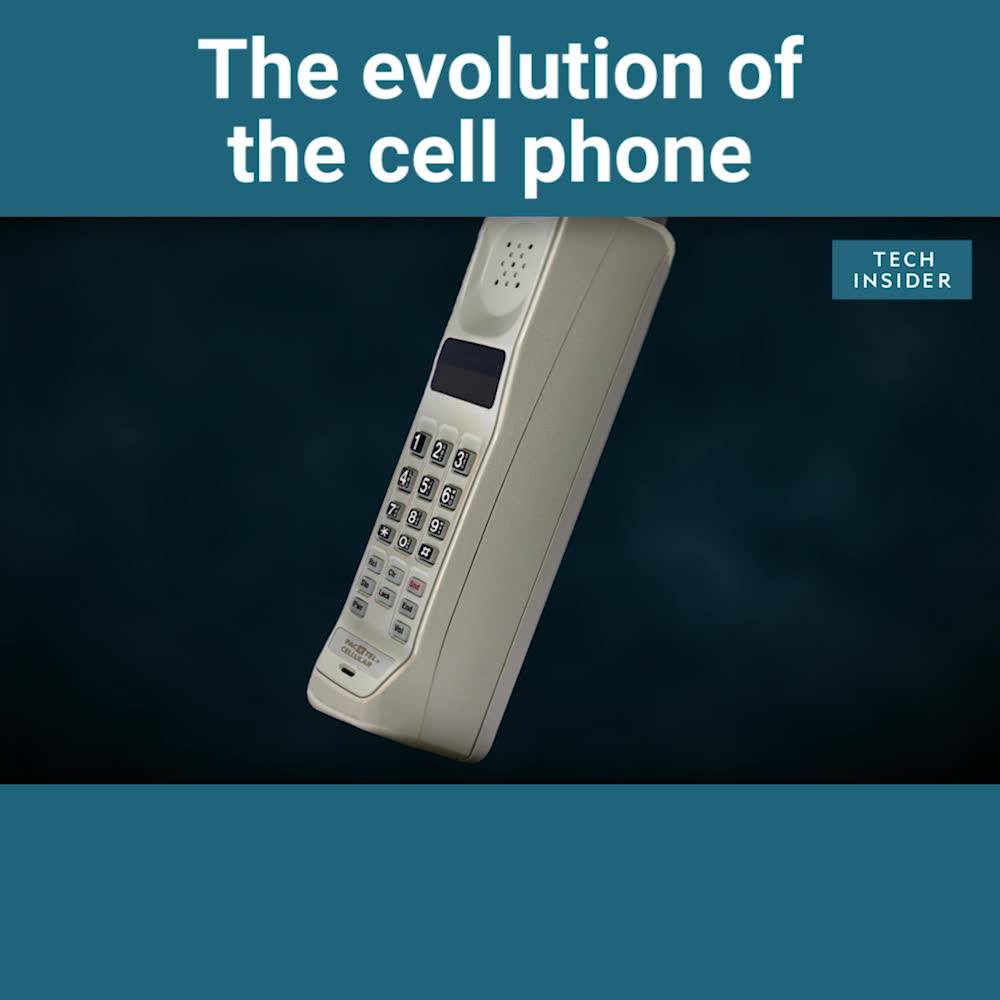This virtually indestructible phone is for you.
Category: mobile phones – Page 203

Business Book of the Year 2017 — the longlist
Death, taxis and technology: titles in the running for this year’s Financial Times and McKinsey Business Book of the Year give a new twist to the old maxim about certainty.
The 17 books on the 2017 longlist include analyses of the implications of world-changing innovations, from the iPhone to drones; a lively account of the rise of Uber; and a sobering history of the role war, plague and catastrophe have played in shaping our economies.
Titles about the relentless march of technology dominate the FT/McKinsey annual prize.

Researchers Enable Lab-Grade Medical Tests on Smartphones
In a major step towards creating a tricorder, University of Illinois at Urbana-Champaign researchers have invented a device that allows smartphones to perform the kinds of lab-grade medical diagnostic tests that previously had to be done on large and expensive instruments.
The device, called a spectral transmission-reflectance-intensity (TRI)-Analyzer, plugs into a smartphone and is able to run tests on a patient’s blood, urine, or saliva as reliably as clinic-based instruments that cost thousands of dollars. The researchers say their TRI Analyzer costs only $550.
“Our TRI Analyzer is like the Swiss Army knife of biosensing,” said Prof. Brian Cunningham, the Donald Biggar Willett Professor of Engineering and director of the Micro + Nanotechnology Lab at Illinois.

The current wave of artificial intelligence, driven by machine learning (ML) techniques, is all the rage, and for good reason
With sufficient training on digitized writing, spoken words, images, video streams and other digital content, ML has become the basis of voice recognition, self-driving cars, and other previously only-imagined capabilities. As billions of phones, appliances, drones, traffic lights, security systems, environmental sensors, and other radio-connected devices sum into a rapidly growing Internet of Things (IoT), there now is a need to apply ML to the invisible realm of radio frequency (RF) signals, according to program manager Paul Tilghman of DARPA’s Microsystems Technology Office. To further that cause, DARPA today announced its new Radio Frequency Machine Learning Systems (RFMLS) program. Find out more: http://www.darpa.mil/news-events/2017-08-11a
Futurist Gray Scott: We Can’t Ignore Our Psychological Future
Why are we often so wrong about how the future and future technology will reshape society and our personal lives? In this new video from the Galactic Public Archives, Futurist Gray Scott tells us why he thinks it is important to look at all aspects of the future.
Follow us on social media:
Twitter / Facebook / Instagram
Follow Gray Scott:
Your phone is trying to control your life
Whether you’re killing time in line at Starbucks or scrolling through an endless meme stream on Twitter, your smartphone is trying to seduce you. Former Google employee Tristan Harris felt something needed to be done to combat tech designers’ relentless efforts to influence our behavior. Special correspondent Cat Wise talks to Harris as part of a collaboration with The Atlantic.

A Son Turned His Dying Father Into An Artificial Intelligence
When James Vlahos’ father was dying from terminal cancer, he decided to preserve as many memories as possible and code them into a chatbot (Dadbot) that could run on his cell phone.
In A Son’s Race to Give His Dying Father Artificial Immortality, James Vlahos recounts his efforts to turn the story of his father’s life — as told by his 80-year-old Dad in his final months after being diagnosed with stage IV lung cancer — into what Vlahos calls a Dadbot.